Last week in Sacramento, Calif., I led a panel discussion at Unified Symposium, North America’s largest wine industry trade show. The session, A New Lexicon for Wine, featured panelists Alicia Towns Franken, the executive director of Wine Unify, and Erica Duecy, a wine editorial strategist and consultant. In the audience were about a hundred wine writers, editors, commentators, researchers, economists, brand managers, marketers, PR directors, and sundry others who’d been drawn to the panel’s main premise:
The language of wine needs a reboot.
For a lot of reasons. First, the vocabulary is Eurocentric, reliant on metaphors and analogies that may be unfamiliar to swaths of the global audience. It’s often deployed to make absolute pronouncements, framing a subjective experience as objective truth. The emphasis on finished product versus origins and process can make it seem like what’s in the bottle is all that matters. And numeric scores, despite a pretense of objectivity, serve to flatten wine’s provenance and aesthetics.
Contemporary wine education programs reinforce all of these approaches, perpetuating them for new generations of wine professionals. The overall effect is gatekeeping to new wine drinkers (and, for that matter, new wine professionals), alienating them at a time when the industry tries to address its shrinking footprint. During our hour-long discussion and thirty minutes of Q. & A., we explored strategies and tactics to transform wine discourse to make wine feel more welcoming and inclusive.
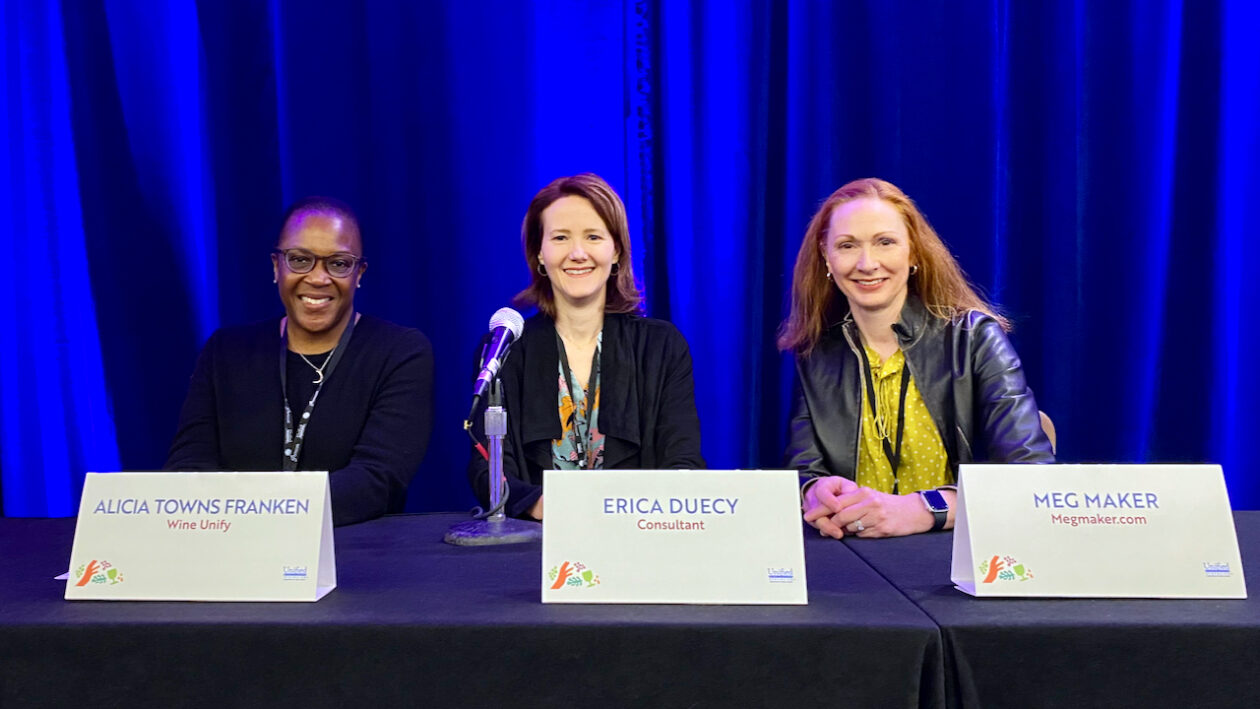
I had been tapped to lead the panel based on my experience working as a wine writer and editor, and also from my background developing taxonomies and lexical systems for wine research. But I carried my humility into this discussion, because in fifteen years of writing about wine, I know I’ve made all the missteps we now deem problematic. I’m actively trying to change not merely my vocabulary but my entire approach to communicating about wine — adding my hand-illustrated visual narratives, for starters, and in my reviews, emphasizing process and origin as much as finished organoleptics. If personal change is hard, imagine changing a global industry.
Below are the remarks I delivered at the start of the panel session. My aim was to frame the problem, getting us onto the same page before we dove into details. Unified has made the audio of the session available for purchase, but here, at least, is a taste.
Language is elastic and evolving. We regularly use words today that weren’t yet coined a decade ago. And we’ve stopped using words that had been in circulation for centuries.
Language evolves because culture evolves. Language bubbles up. It stretches to accommodate new technologies — think cryptocurrency, metaverse, shrinkflation — and also new concepts of ourselves and our environment — mainsplain, greenwash, sessionable, janky.
We don’t talk about wine today the way we did even a few years ago. Consider the terms wine waiter, wine steward, and sommelier. Today we use sommelier, in part because the role became professionalized, but even someone without formal credentials is now referred to as a sommelier. I expect using wine waiter in a restaurant would get you a puzzled look.
The language of wine has, for the last thirty years or so, relied on analogy and metaphor. Here’s a real-world example:
La Tour-Haut-Brion’s color remains a murky garnet/purple, and an explosive nose offers up aromas of roasted meats and herbs, truffles, licorice, Asian spices, and sweet black currant fruit. Powerful, muscular and full bodied, with considerable tannin, this profoundly rich wine is just beginning to reach its plateau of maturity, where it should remain for another 10-20 years. It is a remarkable effort!
(Parker 1998, 709)
Robert Parker was using metaphors here — those are powerful, muscular, explosive — as well as analogies — roasted meats, herbs, Asian spices (whatever those are).
The formal lexicons of today’s wine educational programs — WSET, CMS, the MW — were developed in Britain. The Aroma Wheel was developed in the United States — right down the road, at UC Davis. But the terms within the systems are similar, and they are all in English. Master of Wine Richard Hemmings has called it Wineglish (Hemmings 2021).
Most of us in this room are familiar with them:
- Red fruit: red currant, cranberry, raspberry, strawberry, red cherry, red plum
- Herbal: eucalyptus, mint, medicinal, lavender, fennel, dill
Rinse and repeat.
There may be qualifiers for acidity, tannin, length, constructions using medium, like medium-plus or medium-minus. A text note might add other inside-baseball terms like New World, Old World, or -forward, as in fruit-forward.
The formal lexicons got exported around the globe, translated into French, Italian, Spanish, Chinese, Japanese, Thai, Russian, and more. But problematically the referent terms stayed the same. Gooseberry is translated as — gooseberry. How many people in this room have ever tasted one? Raise your hands, don’t be shy. Keep your hand up if you can distinctly recall what it tastes like.
I thought so.
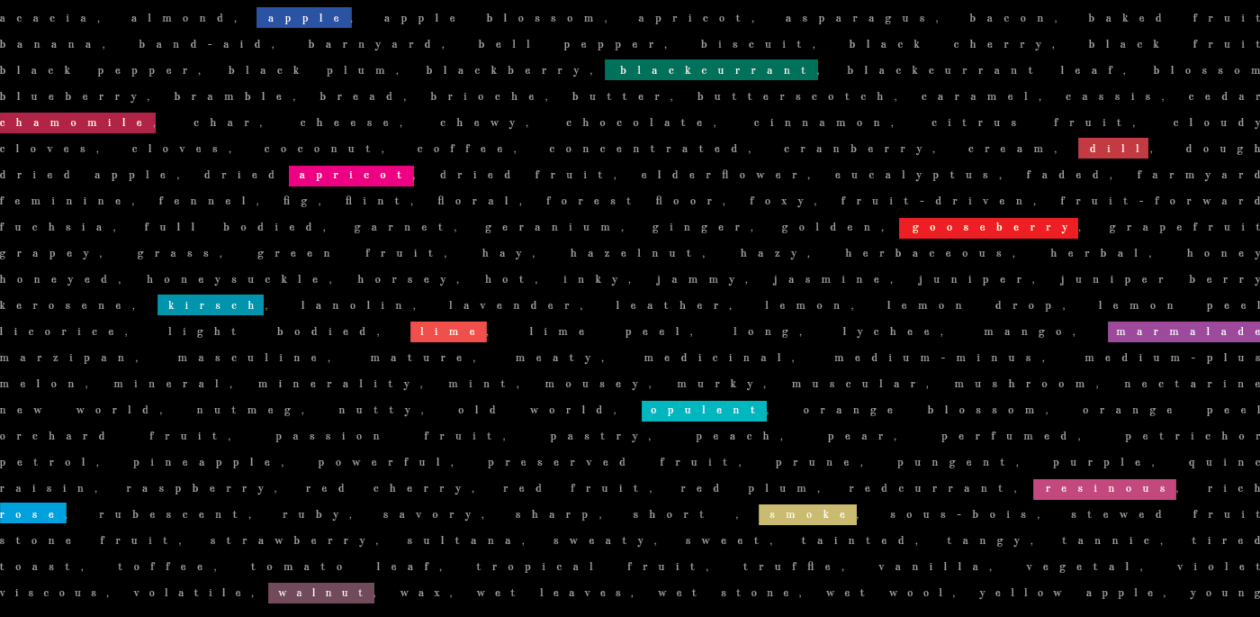
Now think about someone studying wine in Chennai or Lima or Bangkok. Straight translation fails those who have no experience with gooseberry, or blackcurrant or red cherry or any of the long list of European plants and fruits and concepts on these lists. Studying them in non-European places, and even many European and North American places, requires mental gymnastics.
The Zimbabwean sommelier Tinashe Nyamudoka has said that to him, Pinot noir tastes like a hute, or water berry, which grows along stream beds in his native country. That’s his referent — not red cherry or strawberry (Robinson 2022). Jeannie Cho Lee MW suggests that Chinese and other Asians studying wine should similarly look to their own rich cuisines for analogies: “Why think about bacon when we have char siu? Why not egg tart instead of English biscuits? What about seaweed for minerality in white wines?” (Cho Lee 2011). But she still advises anyone studying wine formally to learn the established lexicons — because that’s what’s on the tests.
Numeric scoring has a different set of problems. Whether the scale is 100 points, 20 points, five stars, or whatever, a score reduces the wine to a number, and that number is sometimes all we see. A score suggests that a wine has been analyzed into constituent parts, evaluated objectively, and assigned a defensible numeric. While some critics are famously generous and others are parsimonious, the exercise presumes that a score is inherent and discoverable in the wine. It has a veneer of precision.
And all of these systems assume that a wine’s most salient characteristics, the things that make it different from all other wines, can be perceived by the human sensorium — by seeing, smelling, tasting, feeling, and swallowing. They emphasize product not process, like whether the wine is farmed organically or industrially, whether the winemaking is garagiste or corporate, whether it’s from an historic region or one that’s up and coming. Who has served it, where, and why, in what context. What matters is what the wine tastes like, and if you can convey that through a few notes and numbers, you’ve said all you need to say.
I can guess what some of you are thinking right now: But scores and tasting notes do sell wine. Academics have been ardently chasing the question, because there’s money on the table. In one example, a researcher used statistical textual analysis to show that wine notes with consistent, precise language (citing WSET) are indeed more information rich, and consequently more useful to consumers than those filled with, to use his highly academic term, “bullshit words” (Klimmek 2013).
In such systems, what matters is what the wine tastes like, and if you can convey that through a few notes and numbers, you’ve said all you need to say.
Another researcher mined a Wine Enthusiast database of 120,000 reviews of wines between $5 and $200, finding that words like bright, fresh, pink, juicy, pizza, and tasty were associated with less expensive wines, while longer or more evocative words like intense, velvety, boysenberry, old, tobacco, truffle, steak, and vintage were associated with pricier wines (Capehart 2021). It works for menus, too, by the way: a different researcher found that each additional letter describing a menu item added $.18 to the price of the dish (Jurafsky 2014). So yes, what this and other research is proving is that words do matter, and they have financial consequences.
As many of us have found, a professional lingua franca can be useful, so wine pros are willing to learn these systems — or have to learn them earn their CMS, MW, or WSET credential, or just to get a job in a tasting room — even if it requires some code-switching.
Meanwhile consumers want in on the wine talk because wine is sociable. I’ve sometimes taught a class on the language of wine and watched a roomful of nervous people go from feeling shy to making confident statements.
But it’s also true that new wine consumers are terrified of “getting it wrong.” They think there’s one way to talk about wine, one correct word for a flavor or style. The lexical systems by their very existence draw a line under that notion. Wine educator Regine Rousseau notes that when we ask “what are you tasting in this glass?”, it can sometimes feel like a test (Worobiec 2021).
Today’s global wine community is expansive and diverse, and the industry is always seeking new consumers who will reach for this beverage over another. That suggests we all need to find new ways to talk about wine, and that we might even need to look outside of wine for inspiration. In the prep call for this session, I asked the panelists how we might move from “gatekeeping” to “gate opening.” Alicia Towns Franken replied simply, “Let’s get rid of the gate.”
There’s something about this historical moment that invites us to change the language of wine. This panel will consider what that something might be, and what we all can do about it.
Notes
Capeheart, Kevin W. 2021. “Expensive and Cheap Wine Words Revisited.” Journal of Wine Economics, Vol. 16, No. 4, 2021: 411-418.
Cho Lee, Jeannie, MW 2011. “A New Language of Wine.” Jeanniecholee.com, 20 May 2011, https://www.jeanniecholee.com/my_views/a-new-language-of-wine/.
Jurafsky, Dan 2014. The Language of Food: A Linguist Reads the Menu. New York: W.W. Norton, 2014: 7–20.
Hemming, Richard, MW 2021. “The Small World of Wine Words,” Jancisrobinson.com, 10 February 2021, https://www.jancisrobinson.com/articles/small-world-wine-words.
Klimmek, Martin 2013. “On the Information Content of Wine Notes: Some New Algorithms?” Journal of Wine Economics, Vol. 8, No. 3, 2013: 318–334.
Parker, Robert M., Jr. 1998. Bordeaux: A Comprehensive Guide to the Wines Produced from 1961 to 1997, 3rd ed. New York: Simon & Schuster.
Robinson, Jancis, MW 2022. “The Extraordinary Story of ‘Blind Ambition,’ With Special Guest Tinashe Nyamudoka.” The Jancisrobinson.com Podcast, Season 1, Ep. 2, 19 December 2022, https://podcasts.apple.com/us/podcast/the-jancisrobinson-com-podcast/id1655921140?i=1000590579111.
Worobiec, MaryAnn 2021. “Regine Rousseau Loves to Break Down Walls for Wine.” Wine Spectator, 28 May 2021, https://www.winespectator.com/articles/regine-rousseau-loves-to-break-down-walls-for-wine.
Many thanks to Kimberly Charles and Kryss Speegle MW, industry volunteers who coordinated this panel session, and to Alicia Towns Franken, Erica Duecy, and Miguel de Leon (who was unable to join us at the eleventh hour) for contributing their time and expertise.
Thanks also to Winebusiness.com, Wine Industry Insight, Terroirist, and Vinography for recommending this article to their readers.

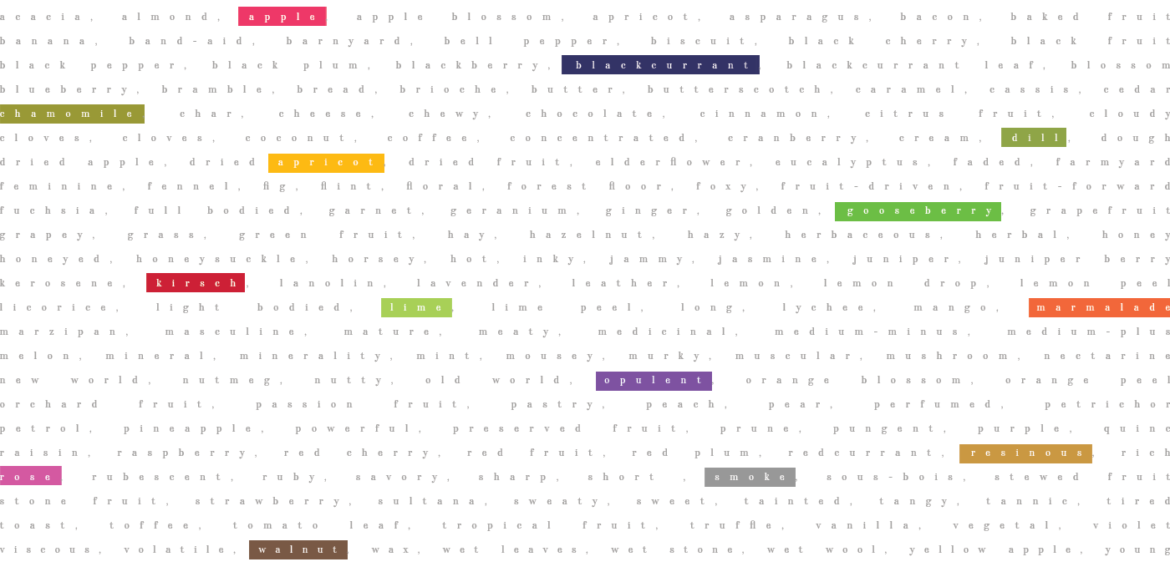
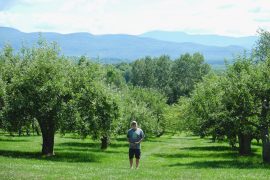
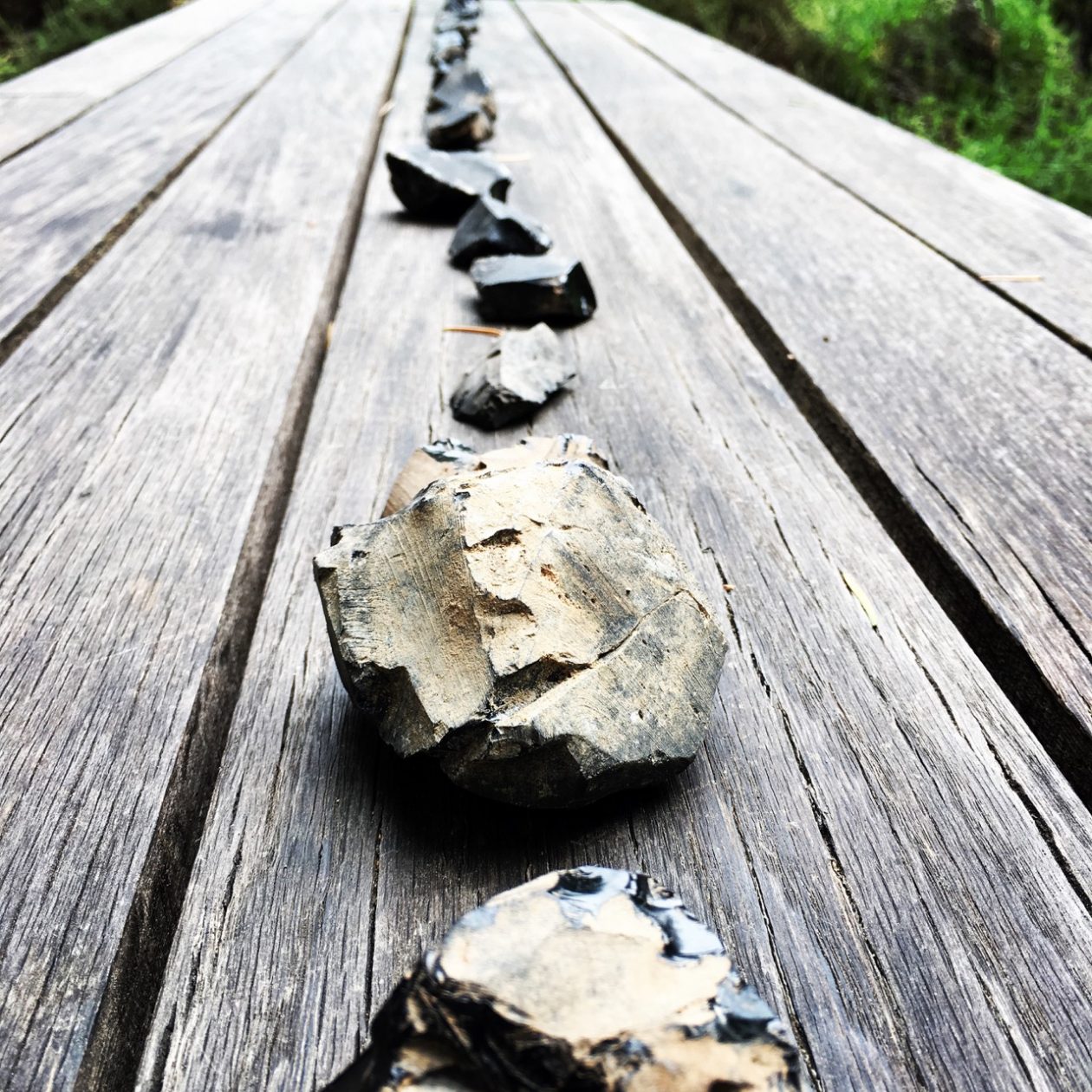
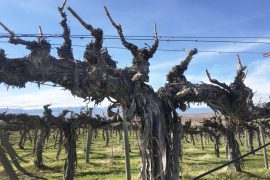
That gooseberry reference strikes home. During my trip to Costa Rica last November I was able to drink fresh passion fruit juice. Holy cow did that open up my understanding of “passion fruit” as a descriptor for wine (e.g., Scheurebe). All my prior experiences (limited) with passion fruit paled by comparison. Having experienced that I am not sure folks who have not tasted it can ever fully understand the reference. Or they will be limited to the narrow expression of the aromas and flavors that come from fruit shipped thousands of miles, or juice put through commercial processes.
Thanks for sharing that, David. You raise an interesting point about the basis for these descriptors, especially those that arose in the global North referencing fruits and spices and other flavors of the global South, which, as you say, can easily be muted by transport.
Meg
Couldn’t agree more. I sold wine for 30 years saw everything from the Parker era to the Somm era and it’s no wonder consumption is on the decline. I personally am unable to read for more than 5 minutes any litany of reviews and scores from the WA, WS etc world before my eyes glaze over. And my heart sinks when tasting with a dutiful certified Somm who follows the “pass-the-test” playbook when describing, say a magical dolcetto. Fact-based reviews/discourse which inform us about how a wine’s region, soils, human influences and varietal contribute to its flavor and character are rare. But to me they are most effective when combined with a bit of musical, human and dramatic alliteration in portraying a wine’s true spirit.
Patrick, thanks for your comments. I like your encouragement to reach for “musical, human dramatic alliteration” in wine notes, for engagement and readability at least, evocation and provocation at best.
Very thoughtful piece. I recall an article (I think?) reminding writers that “exotic spices” are only exotic for some. Great point!
“Exotic” is one of the words I characterize as most problematic, along with a host of others (“sexy,” “masculine/feminine,” and indeed “Asian spices,” as above), because they’re so commonly used without interrogation.
The people who endlessly complain about dated wine vernacular are the ones who continue to – and have always – used it. Wine is an industry obsessed with rules. Achieving success in wine is nothing close to obtaining an MD. We’re not saving lives here. Who are we waiting for to give us permission?
I think this is a very timely topic and I enjoyed your perspective. I feared at first that this was going to devolve into yet another thing that has to be altered by identity, but instead I was enlightened by your exploration of the need for the universality of experience.
Tasting notes that describe fruit, tannin, acid, and alcohol or even body or finish can be useful to the less initiated, this is understood. And for Decanter or Spectator, there will always be a need. But where the best notes truly become human and perhaps more useful, if not enlightening, is when they become metaphorical or analogous, as you point out.
Those that push even further into the experiential are what I savor. Something more synesthetic or madeleine. Something that takes me on a journey. If we could compare it to travel writing, perhaps, and measure the impact, universality, and usefulness of say “I went to Paris and there were five-story buildings everywhere, and a lot of human beings on the streets, and a river” versus “I’ve been to a magical city where the smell of pastry and coffee wafts through the streets in the early morning. It reminds me of my departed mother, who used to make me pancakes when I was a boy. As I look down from the park railing I am leaning on, I see well-dressed people beginning their days with a walk along an ancient river that has served as an artery of life for millennia, allowing their teacup poodles all the time they need to smell whatever delights their tiny noses. On Juliet balconies above these streets, other Parisians smoke the day’s first cigarette as rays of sunlight brush across their tired faces.”
Which paints a picture or leaves a more lingering impression? Can’t this be done with wine writing? Or is that only for books about wine?
Matt, I could not love your comment more. Thank you for writing.
The type of experiential tasting note you’re proposing is something I’ve dabbled with, especially given that creative nonfiction writing was my first métier. The approach is perhaps more manageable for classes of wines versus specific bottles; it quickly reduces to absurdity in trying to disambiguate each of twelve or twenty or a hundred wines, especially if they’re all the same type. It’s also easier for truly characterful wines, wines that take a stance — because they are well aged, or unique somehow, or are simply prototypes, the urs of their class.
I do know that for every stylistic approach there will be a detractor. Some people will read your evocative ramble about Paris and prefer your terse first version, or simply wish you’d told them where to buy a decent expresso (I will never get used to that x).
Thanks again for the encouragement, which I return to you, in support of your own wine writing.
Here is my (a linguist’s) response to your text. I think it ignores the socioeconomic and cultural contexts in which wine is sold, drunk and bought. The issues you raise are mostly not linguistic at all.
https://dariuszgalasinski.com/2023/02/14/linguistics-of-pomposity/
Hi Dariusz, thanks for chiming in. I wish you’d been present for our panel discussion, rather than exposed solely to this intro, because we did spend most of the session talking about the social and cultural context in which the wine is experienced. Unfortunately those notes are not yet available except in the audio recording.
I appreciate your allowing my post, which was quite critical. I would be delighted to have access to your discussions.
More generally, I think the world of wine of full of pretence and pomposity (today I read about wine smelling of wild flowers – it’s completely meaningless nonsense but sounds great). but to a considerable extent this what ‘we’ are buying into.
Crucially, however, wine is also a vehicle of inequality, on many, many levels. E.g. it’s to do with affordability of wine, perceptions of geography, let alone accessibility of training. Master of Wine training will set you back about 45 thousand British pounds, which is 4 years’ of median pay in Poland. I doubt there is a Pole who is an MW and lives in Poland. And Poland is not a very poor country.
And here is the point – the moment you focus on language, you blank all those things. It doesn’t matter whether you write about apples (which I know) or papaya (which I don’t). What matters is who you write for and why. And that’s nothing to do with language. That’s why I object to such a discussion, it conceals more than it reveals.
I follow you on Twitter (@DarekGalasinski), obviously, I am a wine-nobody, so please don’t see it as a pitch, but I hope I will occasionally be able to offer a challenge.
Thank you for allowing my critique.
Dariusz, thank you for these further remarks. I welcome all (civil!) critique.
I don’t embrace the proposition that once we start talking about language we blank out the cultural context of wine writ large. Perhaps many writers approach their work this way, maybe those who obsess more about flavor descriptors than the wine’s provenance and impact. I do obsess, perhaps too much, about how what I say about a wine conveys (or fails to), the wine’s meaning and purpose.
Very thoughtful essay as always, Meg. Remember when venerable wine reviewers could get away with likening wines to “schoolgirl uniforms” and worse? It wasn’t all that long ago. Purging that kind of garbage from reviews is progress. Maybe it’s just the reviewers I pay attention to now, but it seems like more recent reviewers are dialing down the florid language and focusing reviews on the most salient aromas and flavors, plus some overall comments on acidity, balance and length—characteristics most of their readers (and even the reviewer!) might actually perceive. You mentioned that “…scores and tasting notes do sell wines”. They do indeed. Now in the world of crowd-sourced wine review apps, a goldmine of data are available to savvy wine marketeers, on what wine buyers think they are tasting in a particular wine they like. I assume those data are already bending the tasting notes provided for a wine. I hope they don’t also bend the wines.
Bruce, thank you. We may indeed be moving away from colorful metaphor (especially those based on outmoded tropes — good riddance). Interestingly, wine writing from fifty and sixty years ago was mostly light on flavor and aroma notes, but then we went through a flourishing of descriptive terms that lasted twenty or thirty years. It’ll be interesting to see what comes next.